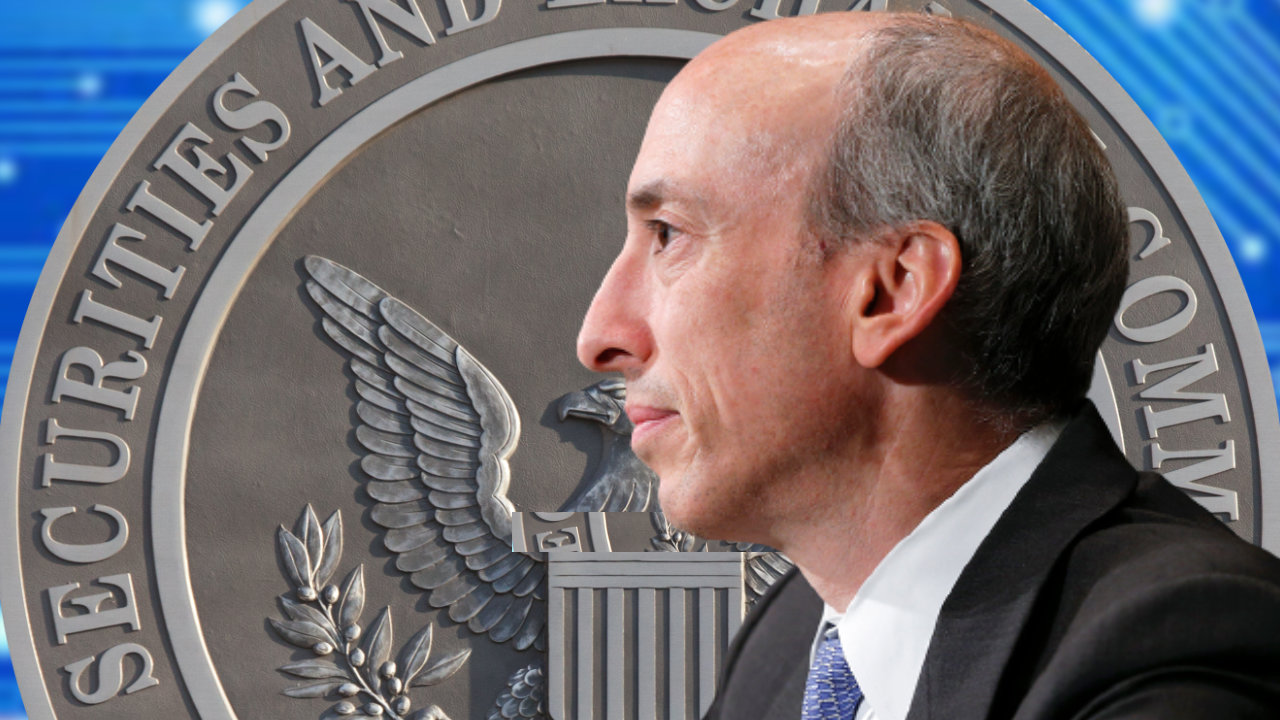There are reports that the Indian government may impose restrictions on self-custodial cryptocurrency wallets and only allow Indian crypto exchanges. The CEO of a major cryptocurrency exchange in India has shared his thoughts on the possible restrictions. The Indian government has listed a cryptocurrency bill to be taken up in the current session of parliament.…
Indian Crypto Bill: Exchange CEO Discusses What to Expect







